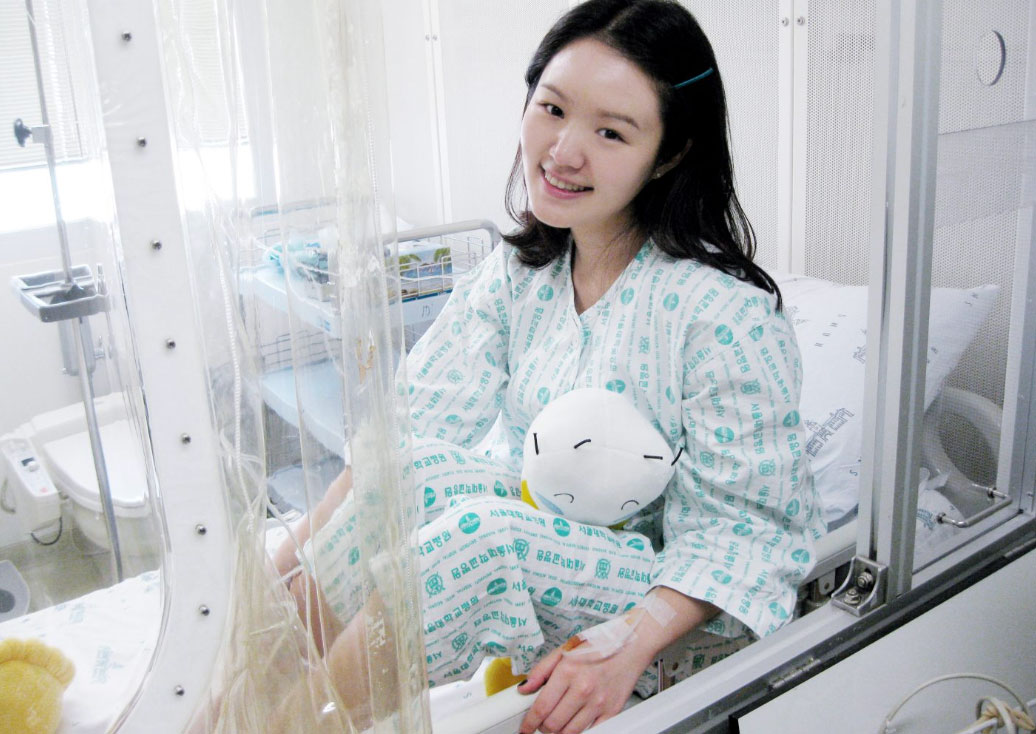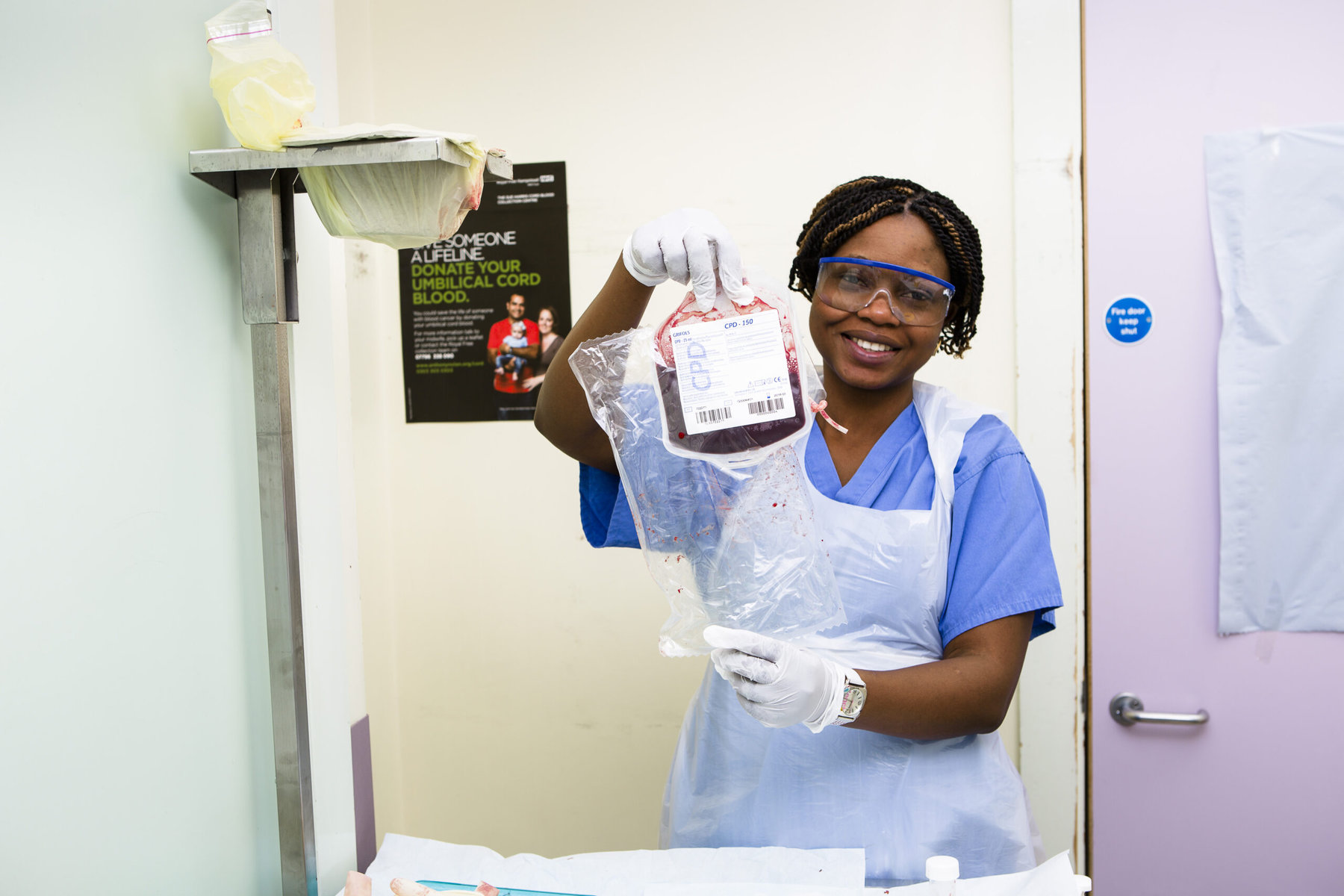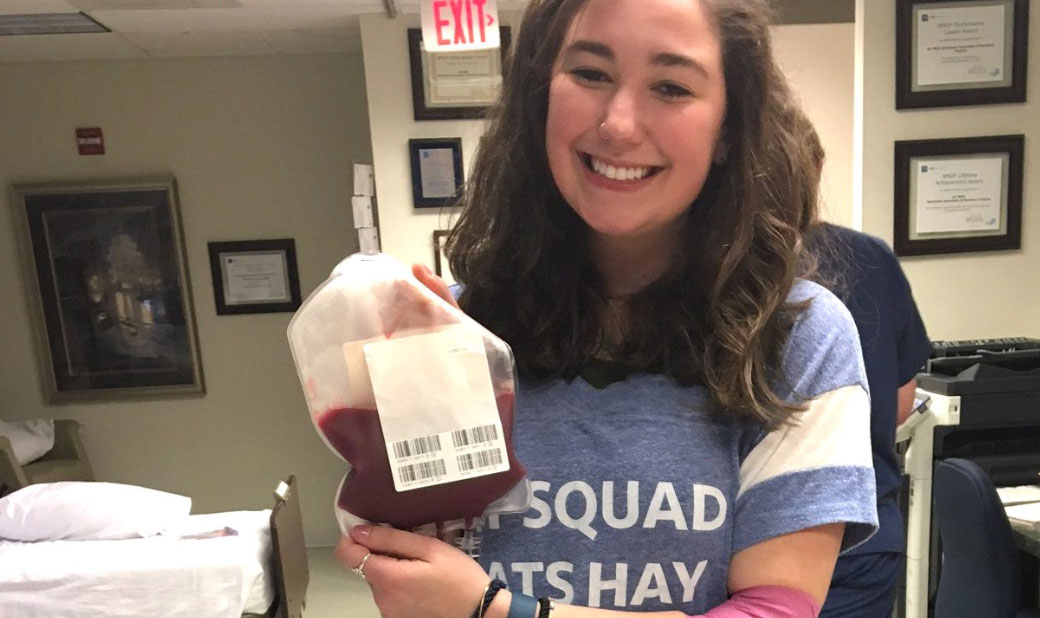The basics of transplantation
In a blood stem cell transplantation, a patient’s defective stem cells are replaced with healthy ones. Blood stem cells are mostly found in the bone marrow, a spongy tissue inside the bones. Small numbers of stem cells also are found in the blood and in the umbilical cord (the cord that connects a foetus to its mother’s placenta). Stem cells develop into the three types of blood cells that the body needs:
- red blood cells, which carry oxygen throughout the body;
- white blood cells, which fight infections; and
- platelets, which help the blood to clot.

Preparation
If you require a stem cell transplantation, you will need treatment before the transplantation can be carried out. Usually, patients receive high doses of chemotherapy and possibly radiation. These treatments destroy the defective blood stem cells in the bone marrow and create space for the new, healthy stem cells. It also suppresses your immune system so that it will not attack the new stem cells after transplantation.
Matching donors • Serving patients
The World Marrow Donor Association (WMDA) comprises organisations and individuals that promote global collaboration and best practices for the benefit of blood stem cell donors and transplant patients.

Transplantation
A blood stem cell transplantation is like a blood transfusion – i.e. during the procedure, you receive donated blood stem cells by infusion. As soon as the blood stem cells enter your body, they will travel to the bone marrow and start making new red blood cells, white blood cells and platelets.

Global network
The Search&Match Service allows transplant doctors and search coordinators to search a global database of all potential donors and cord blood units worldwide in order to find the most suitable stem cell source for their patients. There are three possible sources of blood stem cells for donation:
Bone marrow
(collected from the pelvis) The pelvis contains the largest number of blood stem cells. For this reason, cells from the cavity in the pelvic bone are used for a bone marrow donation.
Peripheral blood
(collected from the blood stream) Normally, only very few stem cells are found in the blood. Hormone-like substances called growth factors can be given to blood stem cell donors a few days before the collection. This causes their blood stem cells to grow faster and to move from the bone marrow into the blood stream. Peripheral blood is collected from adult donors.
Umbilical cord blood
(collected from the placenta and umbilical cord) After a baby is born, the blood that is left behind in the placenta and umbilical cord (known as cord blood) can be collected. It is then frozen and stored until required for transplantation.